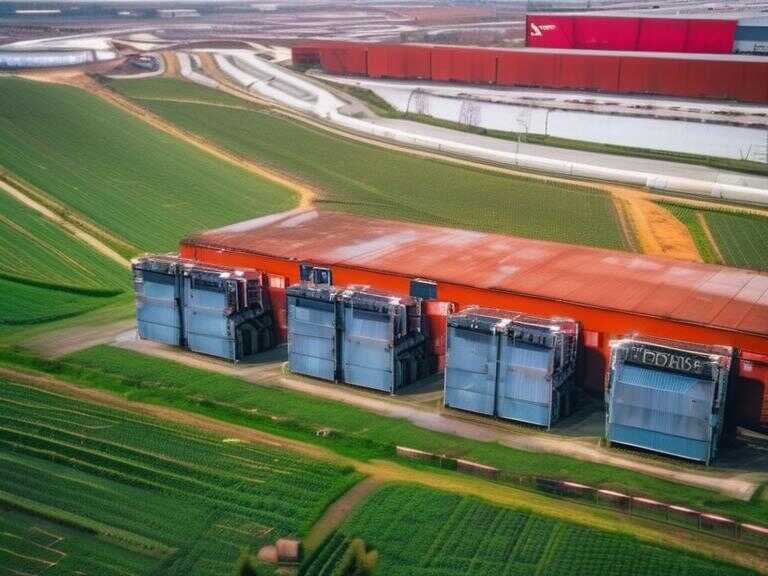
Police Audio Captures Call to Halt Traffic on Baltimore Bridge Before Collapse
Baltimore bridge collapse prompts questions about safety measures and prevention of similar tragedies. Previous incidents and potential protective systems are evaluated.

The Importance of Protective Barriers in Bridge Safety
The collapse of the Francis Scott Key Bridge in Baltimore on Tuesday has raised serious questions about the safety and protective mechanisms that could have prevented the disaster and the loss of six lives. It is still unclear what caused the 985-foot long cargo vessel to lose control and strike a pier, a critical part of the structure that keeps the bridge deck in place.
Historical Perspective
From 1960 to 2015, there were 35 major bridge collapses worldwide due to ship or barge collisions, with a total of 342 people killed, according to a 2018 report from the World Association for Waterborne Transport Infrastructure. Eighteen of those collapses happened in the U.S., including in 1980 when a 609-foot freighter slammed into the Sunshine Skyway Bridge in the Tampa Bay area of Florida.
Protective Measures: The Case of the Sunshine Skyway Bridge
Following the Sunshine Skyway Bridge tragedy, a replacement bridge was constructed, and its piers were protected by several circular sheet pile cells known as dolphins, a fendering system. The area around the larger piers was also buffered with concrete and rocks for added protection, while the shipping lanes for vessels to pass through were widened. This significantly improved the protective measures in place to safeguard against similar incidents.
Comparative Analysis
Unlike the Sunshine Skyway Bridge, the Francis Scott Key Bridge built in 1977 does not appear to have any protective barriers in place, and the pier that was struck was not surrounded by any barrier or buffer-like structures, according to photos and videos from the scene. It is unclear if the bridge had a bumper system or protective barriers in place.
Expert Opinion
Ron Harichandran, Ph.D., dean of the Tagliatela College of Engineering in Connecticut, stated that protective barriers, if they were there, may not have been enough to stop the cargo vessel given its sheer size and weight. He explained that most protection systems directly around the pier would not have been able to protect this particular incident because of the size of the cargo ship and its weight. The only effective solution would involve building an island around the piers, which is quite expensive and not commonly done.
National Transportation Safety Board (NTSB) Statement
Jennifer Homendy, the chair of the National Transportation Safety Board, mentioned that protective structures would be a part of the investigation into the bridge collapse. She expressed the need to examine the construction of the bridge and consider safety improvements as part of the investigation.
Recommendations and Conclusion
Harichandran suggested the use of more cost-effective systems to alert bridge users in advance of potential collisions. He proposed the implementation of trip wires and advanced warning sensors to provide earlier alerts and potentially prevent disasters. These measures could have provided authorities with more time to close the bridge and notify the public, potentially avoiding the tragic event that occurred.
It is clear that the implementation of effective protective barriers and warning systems is crucial to prevent similar disasters in the future. As the investigation into the collapse of the Francis Scott Key Bridge continues, it is essential to consider necessary safety improvements to prevent such tragic events from happening again.
Share news















